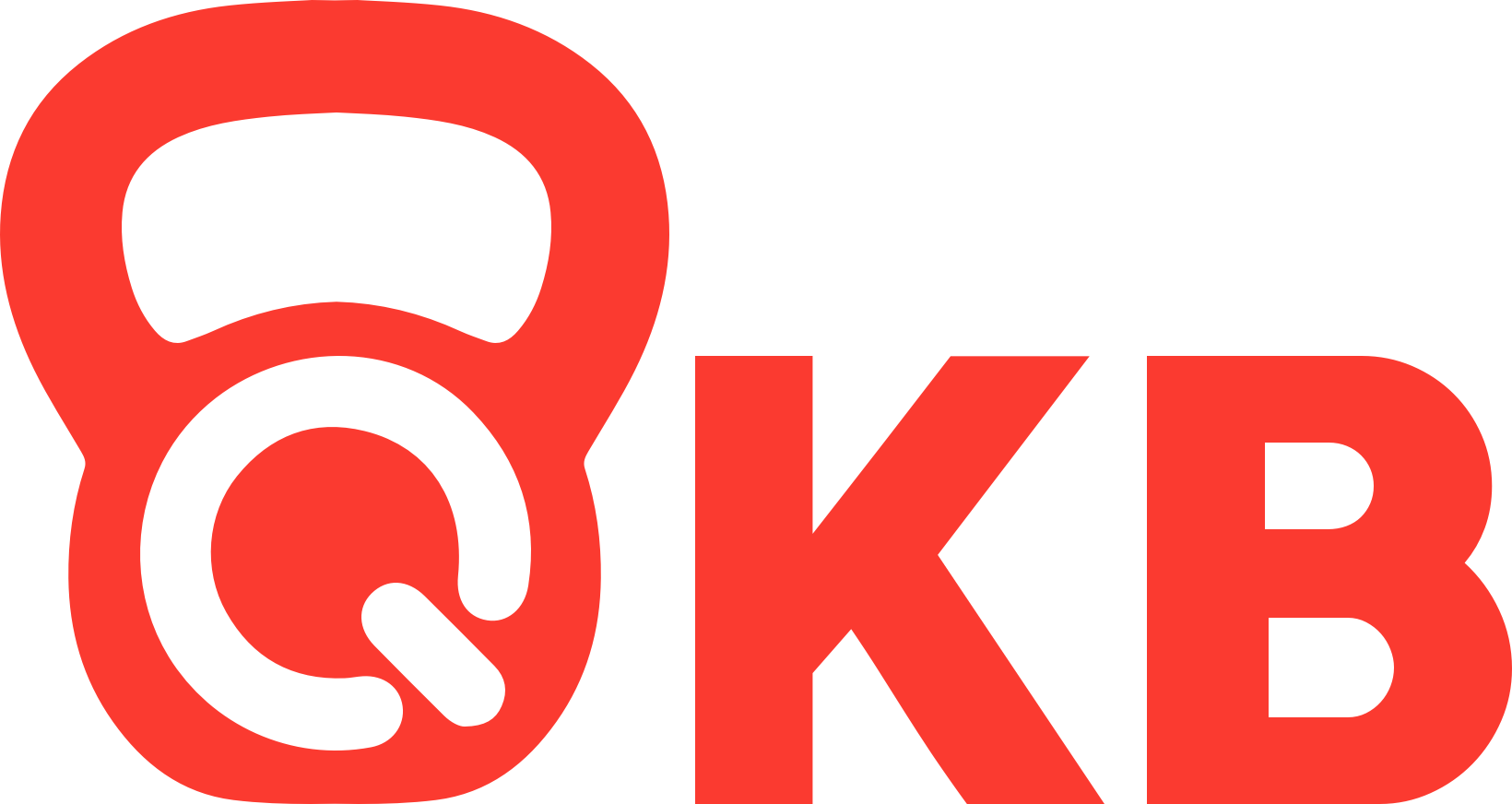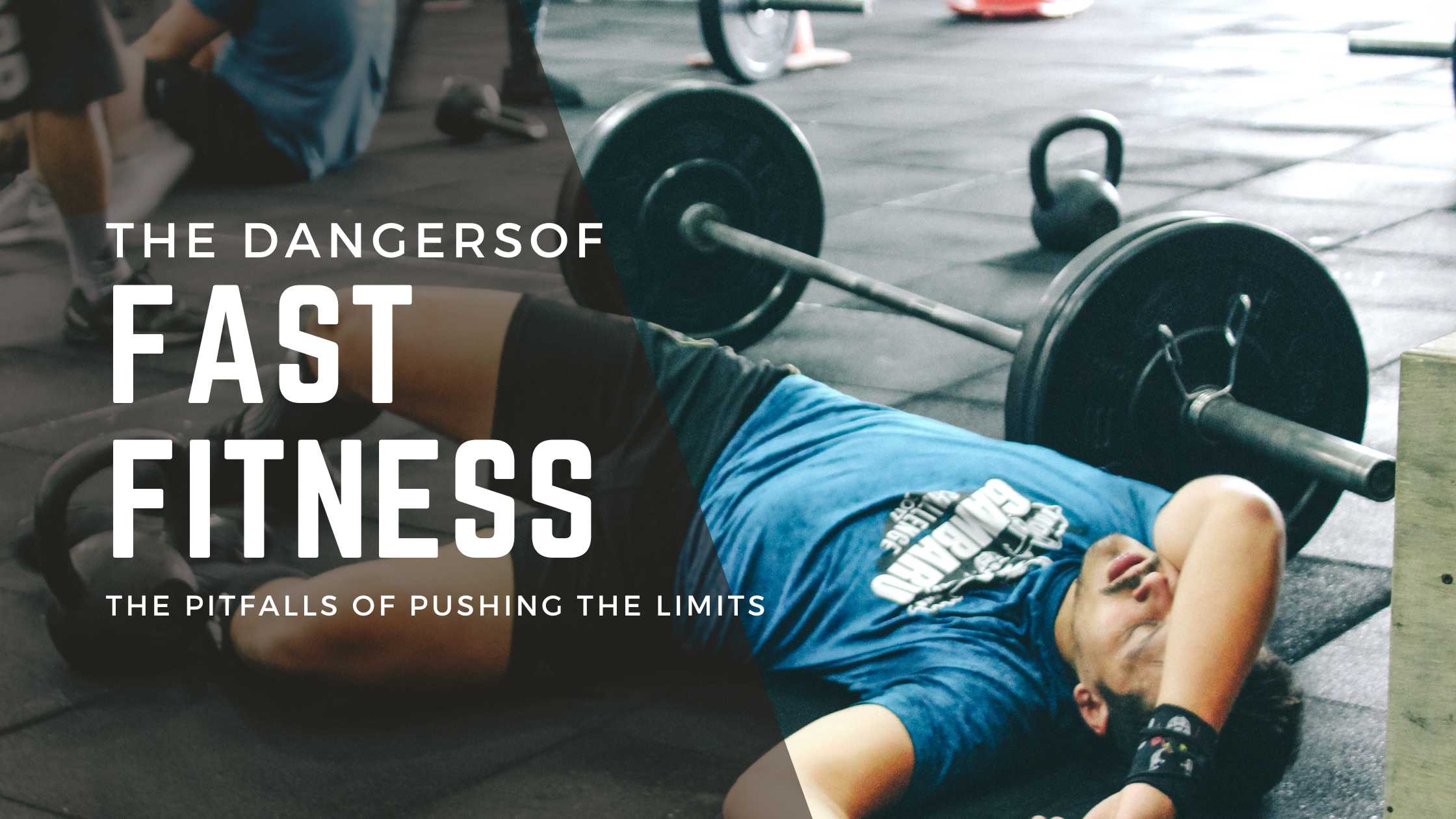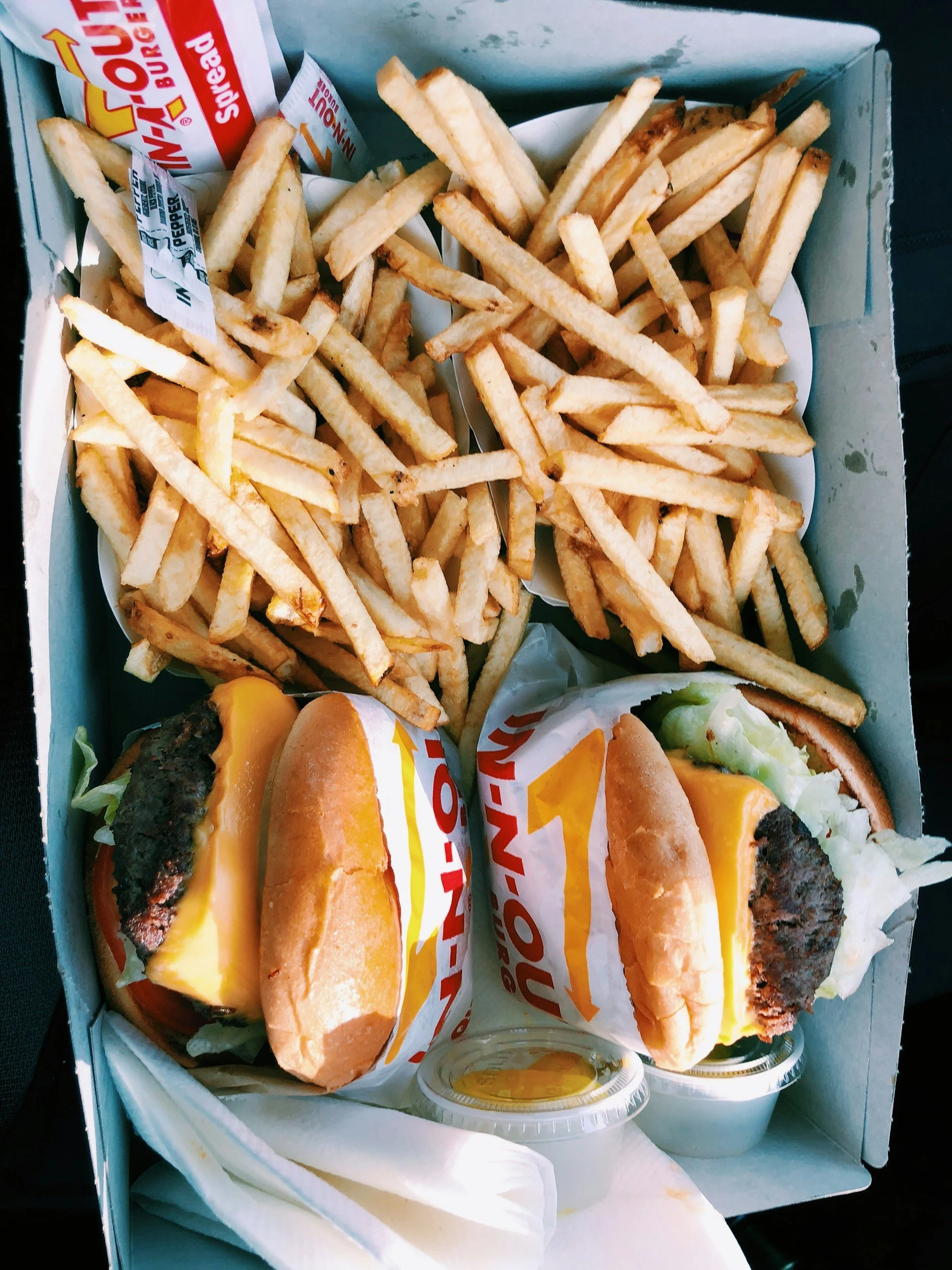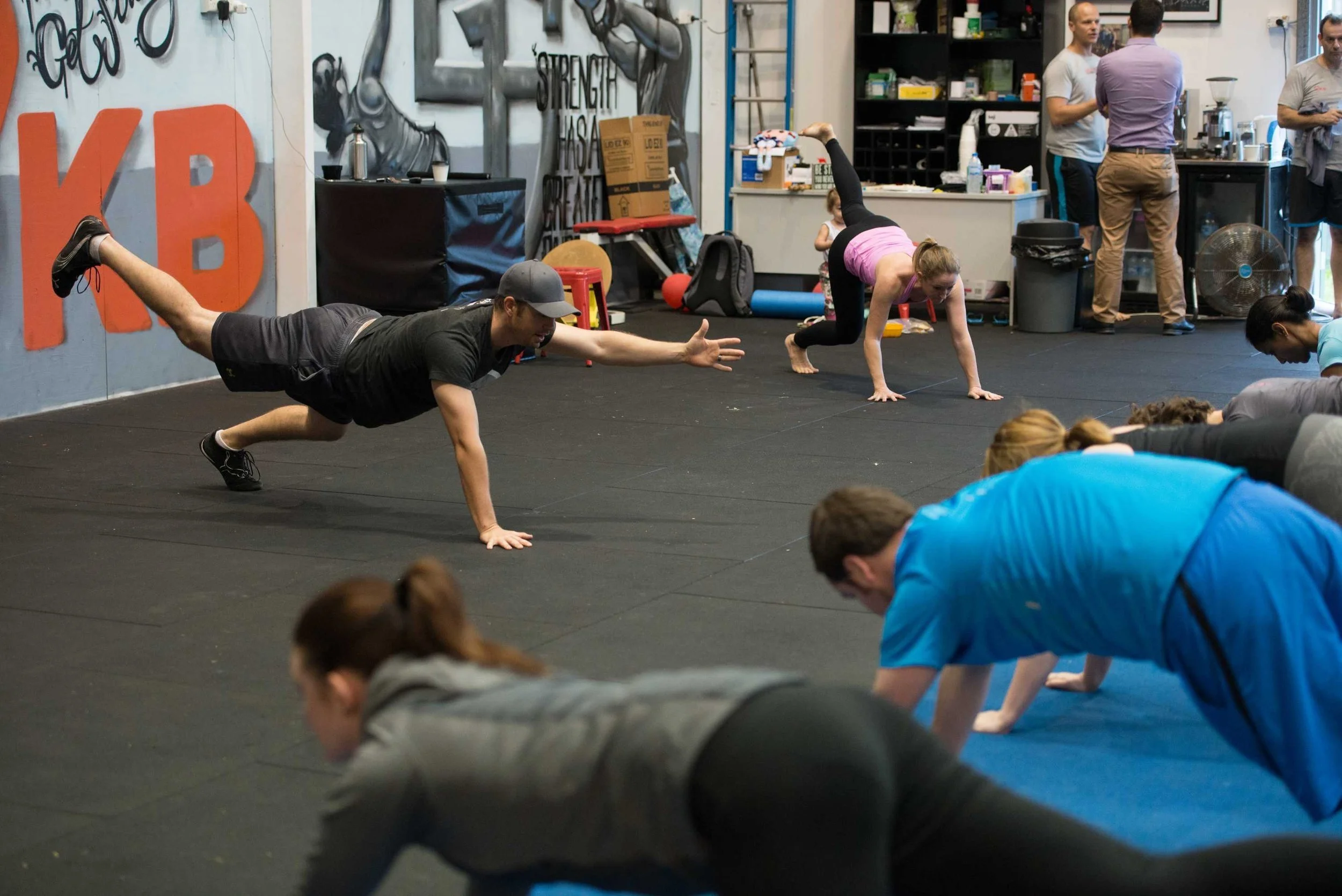Fast Fitness
I think on some level, almost everyone likes fast food. It’s soft, it’s tasty, it’s got plenty of things in it that make it easy to eat, and to enjoy in abundance. Unfortunately, the joy of fast food diminishes shortly after consumption. The endorphins usually wear off, leaving us feeling hungry, lethargic, and, in the long term, heavier, sorer, and less happy than we might have been with other slower food options.
The scary thing is, that in a lot of cases, we are starting to do the same thing with our health and fitness. With the proliferation of challenges, the constant hunt for intensity and fatigue, and the incessant drive towards variety, we are unwittingly engaging in the scourge of “fast fitness”. Fast fitness, for the reasons that I will outline below, is also likely to leave you sorer, heavier, and less happy in the long term than some of the other options that might initially appear a little less exciting.
Fast fitness merchants rely on people to come through, and to be hooked by the outcomes of the initial burst. That’s why the intensity of the sessions is usually set at an exhausting level that is effective at generating initial results. The unfortunate thing, is that if you are able to maintain your initial intensity and consistency, for most people, this level of intensity will begin to deliver injuries, excessive fatigue, and a host of negative outcomes attached to overtraining (or possibly more accurately, under recovering).
Good training, sustainable training, has rhythms. There are rhythms within each week, within each month, and throughout the year. Each week should have sessions that are harder, easier, and mostly, in between. Each month should also see a harder week and an easier week, alongside two moderate weeks. And a couple of times a year, you should have a month or so of mentally and physically demanding work that can leverage the wonderful base that you’ve created across the year to improve your all around capacities.
Our system is really good at adapting and accommodating these hard bursts for a couple of months, and that’s part of why 6-8 week challenges are so popular. If you come from a sedentary starting point, and then rock up and train hard while controlling your eating for 6 weeks, the results will be amazing, and your ability to reach for the period of the event will be achievable, but it won’t necessarily create a solid platform for long term change. Often, if we keep on pushing our system, then we can find that at some point, our resources are drained, and our output quality will go down. We’ll impair our ability to recover, our quality of movement is harder to maintain, and our food choices will likely default to what we’ve previously practised.
Coach Dan John - Purveyor of fine fitness
Ideally, we’ll do something that legendary US strength coach, Dan John, describes as a combination of park bench and bus bench training. When we are on a park bench, we take our time, enjoy the scenery, and it doesn’t matter what time we get there. The value comes from just arriving and enjoying your time at the bench. Similarly, most of our training should be regular, unhurried, and focused upon consistently showing up. We’ll still get significant benefit and make meaningful progress during this time, but these rhythms are the ones that we should fall into most of the time.
When someone is on a bus bench, they need to be there at a specific time, or else they miss the bus. Pushing to get there matters. You have somewhere to be, and a specific schedule to get there. In a training sense, these are your challenges, your specific eating periods, short bursts where you ask a little more of your system, and spend some of the resources that you’ve built up over the intervening period to get a more significant short term result.
At the gym, we build these cycles into our year. We spend a lot of time doing Original Strength style training that builds significant underlying strength, and stability. We spend a lot of time with Strong Endurance style training that builds healthy cells, high power, and strong aerobic conditioning. Most of our training is focused upon building a super broad base. Twice a year though, we reach in Geoff Neupert’s range of programs, and use Burn Extreme and Kettlebell Muscle to push ourselves a little bit harder. These are fantastic programs that ask people to dig deep, work hard, and challenge themselves a bit, and that can have a significant impact on people’s shapes and capacities. They are more potent, and safer, because they are built on a platform of solid, structured movement throughout the rest of the year.
Spend most of your time and energy building a solid platform. Develop strong joints, good reflexive patterns, and high quality movement. From that platform if you decide to spend 6-8 weeks challenging yourself every now and then, it’s probably a positive. Don’t get caught up in constantly chasing shiny, flashy numbers or trying to turn your life around in 6 weeks. Doing it all the time is not healthy, not terribly sustainable, and there’s a real chance that it could create some significant negative outcomes over the long term.
If you’re struggling to become sustainably strong, maybe you should get in touch and find out about joining our community? Click here to pop in a couple details and get start started.




